Estimated reading time: 13 minutes
Many of us have compost heaps. Some large, some small. On a basic level it’s literally a heap. A pile of leaves, grass clippings, kitchen scraps, weeds and other vegetation that we toss on the heap to decompose. And that works. Eventually, over time the organic materials will rot and decompose resulting in compost.
But there’s a Problem
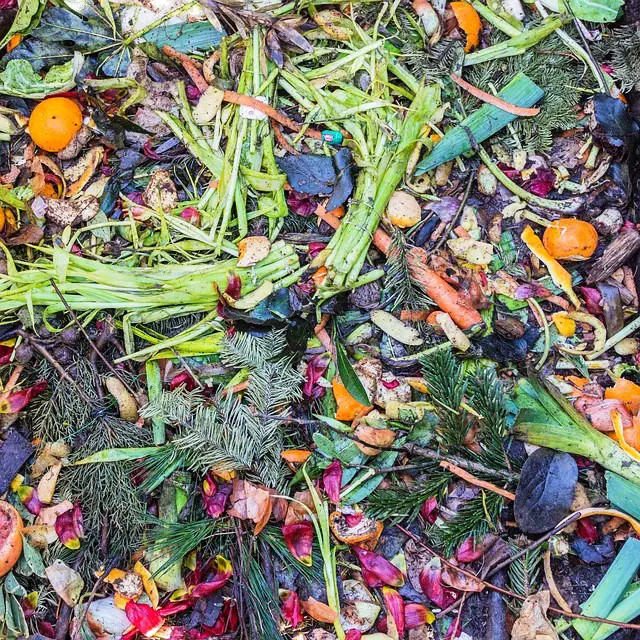
Waiting for a simple heap of organic plant materials to decompose can take months if not years. Wood chips and branches can take the longest but if you’re in no hurry –ignore it and let it rot.
On the other hand, some of us like the idea of adding compost to our gardens on a regular basis. This is particularly true in the spring when we’re prepping our garden(s) for the first time. It’s also true that adding compost as the season goes on can give plants a good boost of organic nutrients for better yields and overall plant health.
Unless of course you’re still waiting for your compost to decompose. Some would argue that adding partially decomposed compost to a garden causes no harm but the standard recommendation is to use it as a mulch or dig it into the soil.
Want to save this post for later? Click Here to Pin It On Pinterest!
There’s some science to indicate that decomposing organic matter draws some level of nutrients from the soil to fuel the composting process. Drawing nutrients from your garden is not exactly the idea.
Worse, any manure requires a full composting cycle. You never want to add raw manure or even partially composted manure to a garden. The bacteria in the manure can transfer to vegetables. Eating lettuce and beets infected with e coli isn’t a good idea either.
Solutions?
There are two. Either wait for your compost heap to go through a full cycle to create the compost, or take some steps to accelerate the composting process.
You don’t have to take every step but the more you do to fuel decomposition the sooner you’ll have compost for your garden.
The 6 Steps
1. Compost Heap Design

There’s nothing that says you can’t just throw your plant materials in a heap but there are some compost heap design ideas that fuel the composting process.
The simplest is a structure that contains the compost but has narrow openings along the side to allow air to circulate.
The reason some degree of air circulation helps gets into the science of aerobic and anaerobic bacteria, but suffice it say a bit of fresh air makes a compost heap decompose faster.
2. Toss and Turn Your Heap

Even with some gaps in a constructed heap structure it helps to grab a pitchfork and turn your compost from time to time. There are specially designed composters that actually allow you to rotate the compost in a drum. You can buy one at a Home Center or from Amazon but there are plans on the Internet so you can build your own.
The general recommendation is you toss and turn your compost heap every 3 or 4 days. This will not only help to aerate the heap but will allow the heap to maintain a high temperature. Experienced composters know that it’s not uncommon to see steam rising from a compost heap. That’s a good sign and indicates that decomposition is occurring at a rapid pace.
If you have a barrel composter the recommendation is twice a week which is also about every 3 or 4 days so go figure. The bottom line is don’t fail to toss and turn the heap.
3. Water Your Compost

When you’re done watering your garden think about watering your compost heap, but don’t water it too much. Too much water in the compost can choke out the available oxygen, leading to anaerobic conditions and slowing down the microbes that break down your compost materials until they’re working at a creep. Too little water can lead to slow decomposition, uneven temperature, and even spontaneous combustion.
Unfortunately, there isn’t a rule that’s set in stone to tell you how frequently your compost will need to be watered because there are so many variables at play. The size of your compost bin will affect how frequently water needs to be added, as will your climate, the materials you are composting, and many other factors.
One of those other factors is rainfall and if you are going through a period of heavy precipitation you might actually want to cover your heap so it doesn’t get waterlogged.
What you need to remember is this: Your compost should have the moisture level of a sponge that has been wrung out. If it’s drier than a wrung-out sponge, add some water. If it’s more moist than a wrung-out sponge, you’ll need to take steps to balance out the extra moisture. In other words, your compost should be made up of 40 to 60 percent water.
4. Create Varying Layers of Material
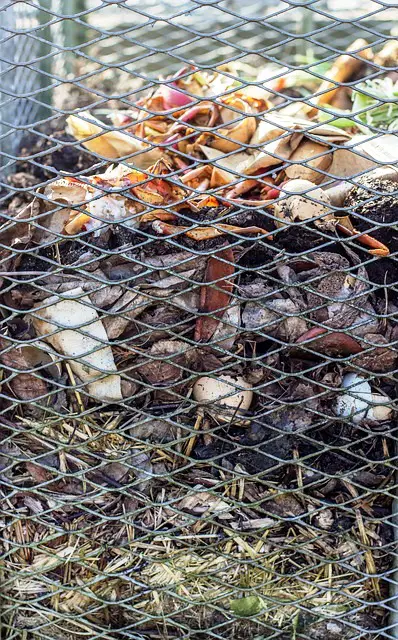
Quite often this happens without a lot of thought. We dump the grass clippings on the compost pile and 2 days later dump a bunch of dry leaves. Not long after that we dump some kitchen scraps and weeds from the garden. The result is a series of layers in the heap and that’s a good thing.
What’s good about it is that some of the materials are dry, some very moist, some open and airy like weeds and stems and others compact like grass clippings. The diversity of layers creates a healthy biome for the bacteria making it easier for decomposition to occur. This is again accelerated when the layers are tossed and turned.
But don’t get carried away with grass clippings. Grass clippings will mat and could create a moisture and oxygen barrier. Try to sprinkle your grass clippings across the top of your pile, and then add some dry, brown materials before adding more grass clippings.
Accelerating decomposition in a compost heap is all about keeping the aerobic bacteria happy. The better the conditions for the bacteria the faster decomposition occurs.
As you turn the heap the various materials will inter-mix but they will still maintain a good texture and integrity to allow for the even transfer of both oxygen and water.
5. Adding Materials to the Heap
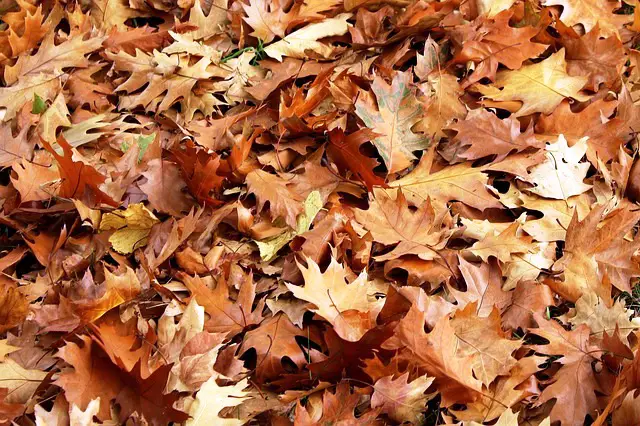
There are some materials that can be added to a compost heap that will further accelerate decomposition and a nutrient-rich compost. Some organic gardeners would recoil at the thought of adding anything to a compost heap other than plant materials, but this isn’t about adding chemicals.
- DIRT
Adding a bit of dirt adds established bacteria to the heap. The next time you dig a hole to plant a tree or bush, toss some or all of the dirt into your compost heap. You could even add some old compost to accomplish the same thing.
- WOOD ASH
According to the British Royal Horticultural Society:
“Ash from wood fires, such as bonfires or wood burning stoves, can be a useful additive to the compost heap or can be applied directly to fallow ground and dug in. It can be a natural source of potassium and trace elements. It also has a liming effect, so wood ash can remedy excessively acidic soils.”
If it’s good enough for the Queen (or should we say King) it’s good enough for us.
- BROWN MATERIALS
“Brown materials” is an all encompassing definition for things like dead leaves, dead stems and twigs, wood chips and other plant materials that have died and turned brown.
Typically, it’s recommended that you have a 20 to 1 ratio of green materials to brown materials in your heap. That’s 5% brown materials. It’s not a hard and fast rule but dead materials that are brittle and subject to moisture decompose faster.
Some recommendations for supplementing brown materials is the addition of shredded cardboard, hay, and shredded sticks. The 95% ratio is typical for most people who compost grass clippings and kitchen trims, but keep an eye on brown materials in your heap.
6. Shred Everything
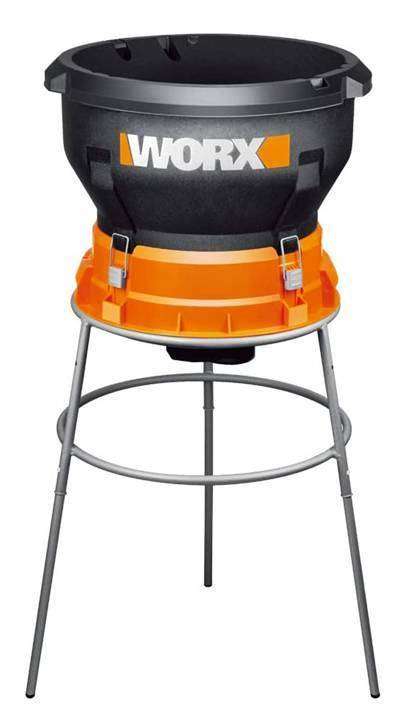
If you have a leaf shredder you’re in luck. The thing to remember is to shred everything that goes into your compost heap. That sounds like a lot of work and it can be, but shredding will really accelerate decomposition.
Another approach would be to throw materials on the ground and run over them with a lawn mower with a leaf-catching bag. The mower will shred the materials and you just dump the whole bag of shredded corn husks, raked leaves, and long-stemmed weeds into your compost heap. Better yet, you’ve already combined diverse materials in a pre-tossed and turn form.
Once again, it’s not a hard and fast rule but if your goal is to accelerate composting rates it’s a good idea.
Various Tips:
- If you have livestock…
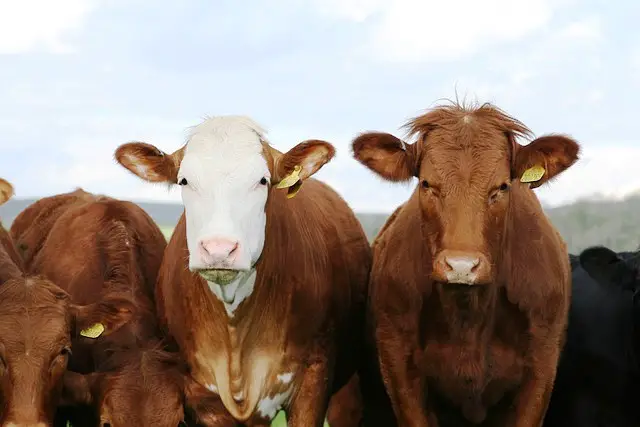
Manure from livestock makes for excellent compost. Especially chicken droppings and manure from horses and cattle. But there’s a catch. Manure needs to significantly decompose to sufficiently kill the “bad” bacteria present in all manures. This bad bacteria is typically e coli but there are others. None of them belong in a vegetable garden.
A solution is to have a dedicated compost heap for manure. Horse and cattle manure will already have hay and other brown matter from grains or others plants so it’s almost a one-stop solution for composting.
You could still add green materials but no matter what you do, give your manure compost heap at least 6 months to full compost. And that assumes a healthy and well maintained heap.
If for any reason you’re in doubt, give it at least 9 months. All of this contradicts the idea of accelerating composting and that’s why we’re recommending a second, dedicated compost heap for manure. Never use manure from pigs, dogs, cats or humans.
- If your compost heap spontaneously combusts…

This can actually happen (although rare) and it’s usually when an active compost heap gets too dry. Composting generates heat which dries materials quickly and without added water the heat can actually combust into flame.
A warning sign is smoke rising from the heap. Steam is common but if it looks like steam but smells like smoke –it’s smoke and where there’s smoke there’s fire.
This is another reason why water management is so important. Keep your compost moist. If you see steam (and you will especially when you turn the heap); take the time to sniff the air and see if you have smoke instead of steam.
- If all you have are grass clippings…

This is a dilemma for many people living in urban and suburban environments. They might have a tree or two but their leaf harvest is limited to a couple of weeks in the Fall and then it’s nothing but grass clippings. The problem is lack of diversity in materials and an overall lack of the brown materials we mentioned earlier.
One solution is to supplement brown materials with shredded cardboard.
Another idea is to let the grass clippings dry in a pile so they brown before adding them to any fresh grass clippings. What you’re essentially doing is creating brown material from green. You could also shred newspapers and they are an excellent composting material for the next tip.
What you don’t want to do is make a compost heap that is nothing more than a large lump of grass. It will most likely fail as a compost heap without the addition of some brown materials or at least layers of previously dried grass.
- Vermicomposting
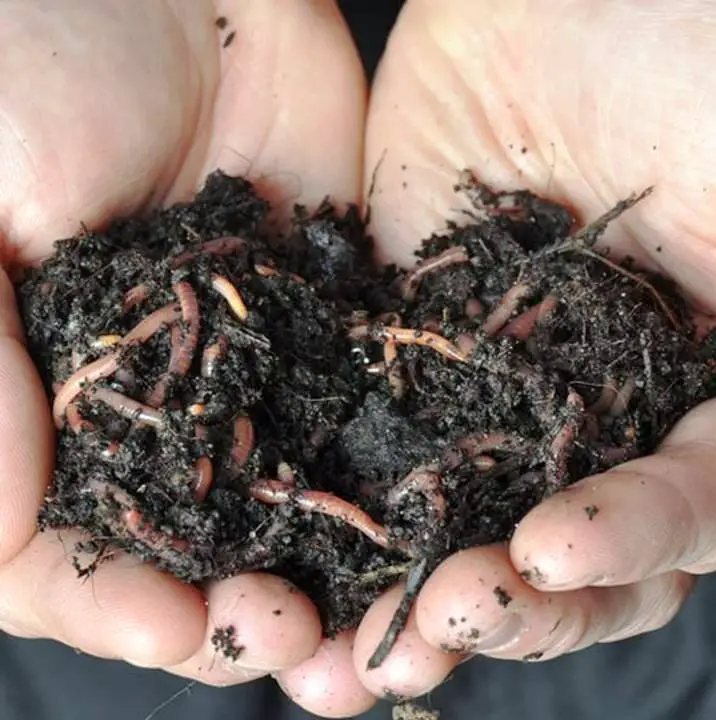
Vermicomposting is worm farming –in a compost heap. Red worms or Red Wigglers are the worms of choice and they rapidly consume plant materials, particularly vegetables from kitchen trimmings. The benefit is that their droppings or “worm castings” are significantly rich in nutrients producing a “super-soil.”
The amount of worm castings is limited by the number and size of your Vermicomposters, but urban gardeners particularly favor them for container gardening or the smaller gardens that are common in many urban and suburban yards. Here’s a link to an article with more information about vermicomposting.
It’s Really Not That Hard

In the grand scheme of things, composting is a fairly simple task. If you pay a little attention to it every 3 or 4 days, and think about what and when you add materials you should have success. If you want to accelerate your success, follow some of these ideas. If you have some ideas we didn’t cover, please share them in the comments section below.
Like this post? Don't Forget to Pin It On Pinterest!
You May Also Like:













I have been gardening and making compost for years all with varying degrees of success, usually good.
I have found your article very interesting.
Many thanks.
Ditto. I also found it very interesting, especially as a “new” composter.”
I’m going to try to start a compost heap. I have been saving a lot of stuff for the heap but I need to build an area for it. I will be referring to your post to help me along the way. Hopefully I can get some better soil for my garden. Thank you.